Introducing BriteSnow, Inc – We Build HTML5 Enterprise Applications For Web, Mobile, and Tablets
October 24th, 2012 by jeremychone | Comments Off|
|
Beside of all this, the one thing that sets us apart from others is our passion for all of the details surrounding all aspects of an application experience, from server and cloud architecture to UI responsiveness and HTML5 optimization.
We are convinced that HTML is the technology of the future for a large majority of applications from a business as well as a technical point of view. And the thing we discovered during this three years is that with the right architectural approach, building advanced HTML5 applications for PCs, mobile devices, and tablets can be as efficient and scalable as creating desktop or native type of applications.
To accomplish this vision, we created two open source technologies, Snow, which is a Java lightweight server framework based on Google Guice, and brite, an lightweight and DOM Centric HTML5 MVC framework based on jQuery. Both of these technologies are completely free, fully open source (Apache V2 for Snow and MIT for Brite), and are designed to build high-end modern applications using the best of Java on the server, and the best of HTML5 on the client.
We are going to blog quite a bit to share everything we have learned over the last few years about building high end HTML5 applications. So, feel free to follow us on
Twitter, Facebook, or Google Plus.
Feel free to visit us at BriteSnow.com or contact us at info@britesnow.com
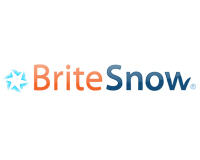
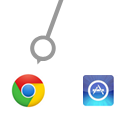 Louis Gray wrote a nice post today
Louis Gray wrote a nice post today 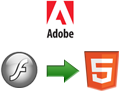

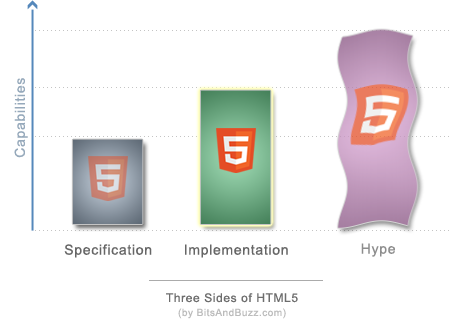
 Nowadays, building [rich] Web applications can be quite challenging, as the proliferation of Web technologies has become overwhelming and confusing. The real challenge is that many interesting new Web technologies are being promoted by various groups, and it can be quite difficult for a developer or architect to filter the practical and future-proof ones from the cool and volatile ones.
Nowadays, building [rich] Web applications can be quite challenging, as the proliferation of Web technologies has become overwhelming and confusing. The real challenge is that many interesting new Web technologies are being promoted by various groups, and it can be quite difficult for a developer or architect to filter the practical and future-proof ones from the cool and volatile ones. Popular tech bloggers tend to have an inner capability to manufacture drama, and that is exactly what Michael Arrington did [again] on the Leo Laporte Live video show last Saturday. While Michael was very fast to give his version of the facts on his blog, commenting back has proven to be a little bit harder—at least, it was for me.
Popular tech bloggers tend to have an inner capability to manufacture drama, and that is exactly what Michael Arrington did [again] on the Leo Laporte Live video show last Saturday. While Michael was very fast to give his version of the facts on his blog, commenting back has proven to be a little bit harder—at least, it was for me.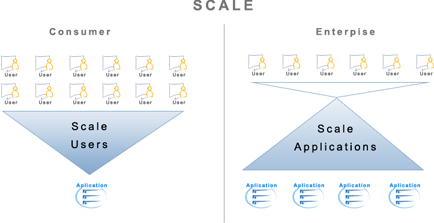
 Tagging has been a relatively popular, human-driven method for organically categorizing information on the Web. Users are now accustomed to tagging the content that they are publishing or bookmarking.
Tagging has been a relatively popular, human-driven method for organically categorizing information on the Web. Users are now accustomed to tagging the content that they are publishing or bookmarking.